The journey from egg to apex predator is perhaps nowhere more dramatic than in the lives of hawks. These magnificent birds of prey transform from helpless hatchlings to skilled aerial hunters in a matter of months – a remarkable testament to both dedicated parental care and evolutionary adaptation. The process of raising young hawks involves intricate behaviors, carefully honed over millennia, that ensure these birds develop the precise skills needed to survive in their demanding environments. From nest construction and egg-laying to the fledglings’ first flights and eventual independence, hawk parents invest significant energy in preparing their offspring for life as top predators. This article explores the fascinating progression of hawk development, illuminating the challenges and triumphs that mark their transition from vulnerable eggs to formidable hunters of the skies.
Selecting the Perfect Nesting Site
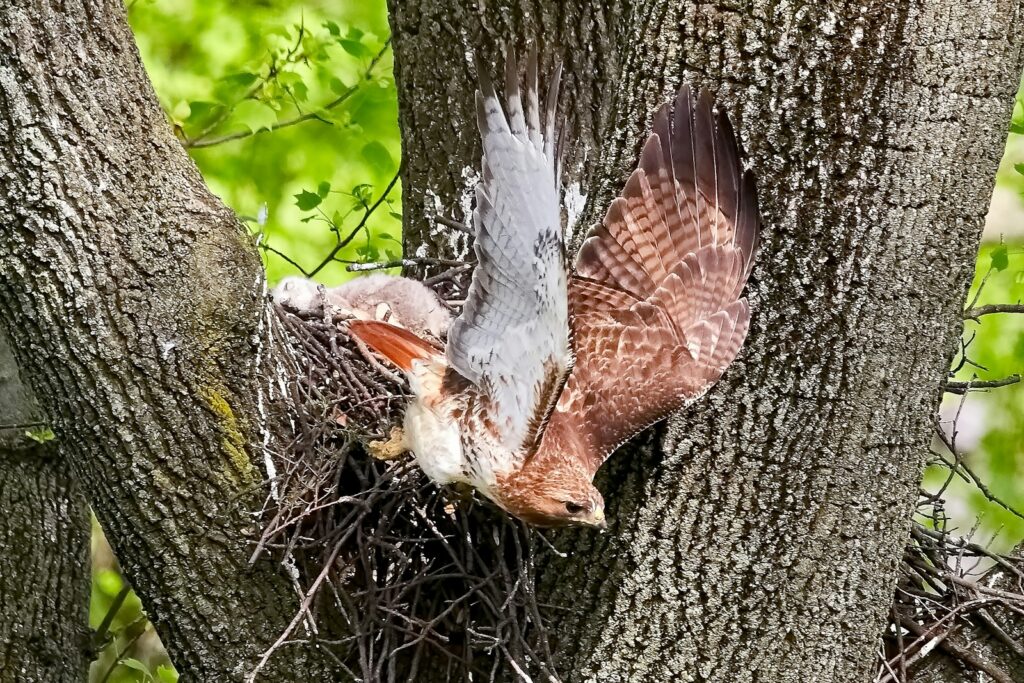
The journey of raising young hawks begins with the careful selection of a nesting site, typically undertaken by mated pairs during late winter or early spring. Hawks demonstrate remarkable discernment in this process, seeking locations that balance accessibility, protection from predators, and proximity to hunting grounds. Different hawk species show distinct preferences – Red-tailed Hawks often favor tall trees with commanding views of open hunting areas, while Cooper’s Hawks may select more densely wooded areas that provide cover for their ambush hunting style. The nest location is so critical that established pairs may return to the same territory year after year, either refurbishing old nests or building new ones nearby. These strategic choices lay the literal foundation for successful reproduction, as a poorly placed nest can leave eggs and young vulnerable to predators, harsh weather conditions, or food scarcity.
Nest Construction: Building a Secure Home
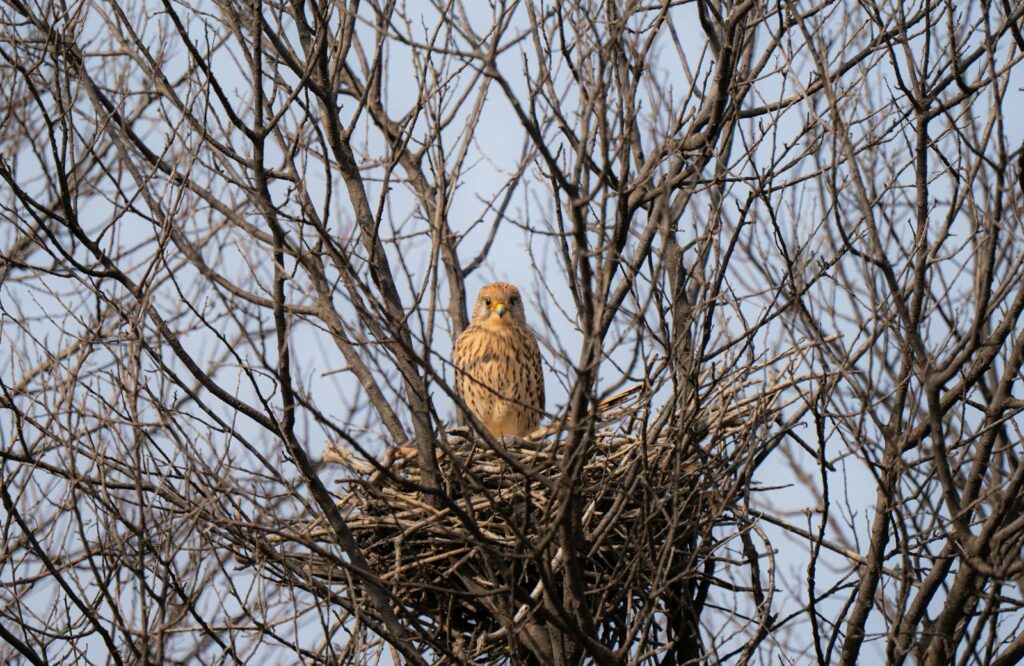
Hawk nests are engineering marvels, carefully constructed to withstand the elements while providing a safe haven for developing young. Most hawk species build platform-style nests using an intricate arrangement of sticks and twigs that can span two to three feet in diameter. The exterior framework is typically assembled from larger branches, while the interior is meticulously lined with softer materials like leaves, grass, bark strips, and even the hawks’ own downy feathers to create a comfortable surface for eggs and hatchlings. Nest construction is generally a shared responsibility between mates, though females often take the lead in arranging the nest cup while males focus on gathering materials. What begins as a relatively simple structure may evolve over multiple breeding seasons, as many hawk pairs add new materials annually, sometimes resulting in massive nests that can weigh hundreds of pounds after years of use.
The Egg-Laying Period
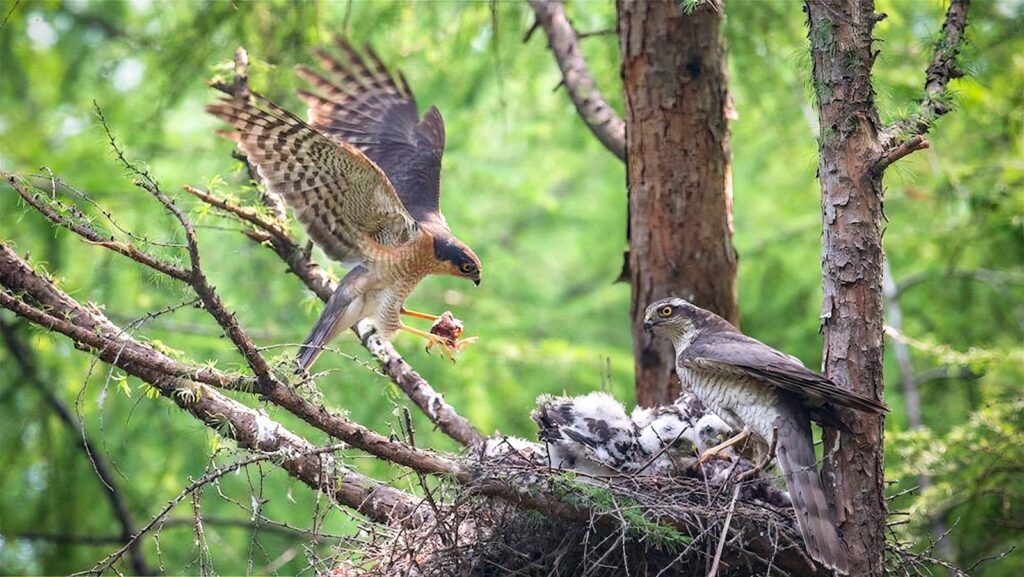
After nest completion, female hawks enter the egg-laying phase, typically producing one egg every 1-3 days until the clutch is complete. Clutch sizes vary by species, with smaller hawks like Sharp-shinned Hawks often laying 4-5 eggs, while larger species like Red-tailed Hawks generally produce 2-3 eggs per breeding season. The eggs themselves are remarkable adaptations, featuring thick shells that protect the developing embryo while allowing gas exchange through microscopic pores. Most hawk eggs display a whitish base color with varying patterns of brown or reddish speckles and blotches, which helps camouflage them against the nest materials. Interestingly, hawks typically begin incubation after laying the first or second egg, resulting in asynchronous hatching that creates size differences among nestlings – a natural insurance policy that prioritizes the survival of at least some offspring during food shortages.
Incubation: The Critical Waiting Period
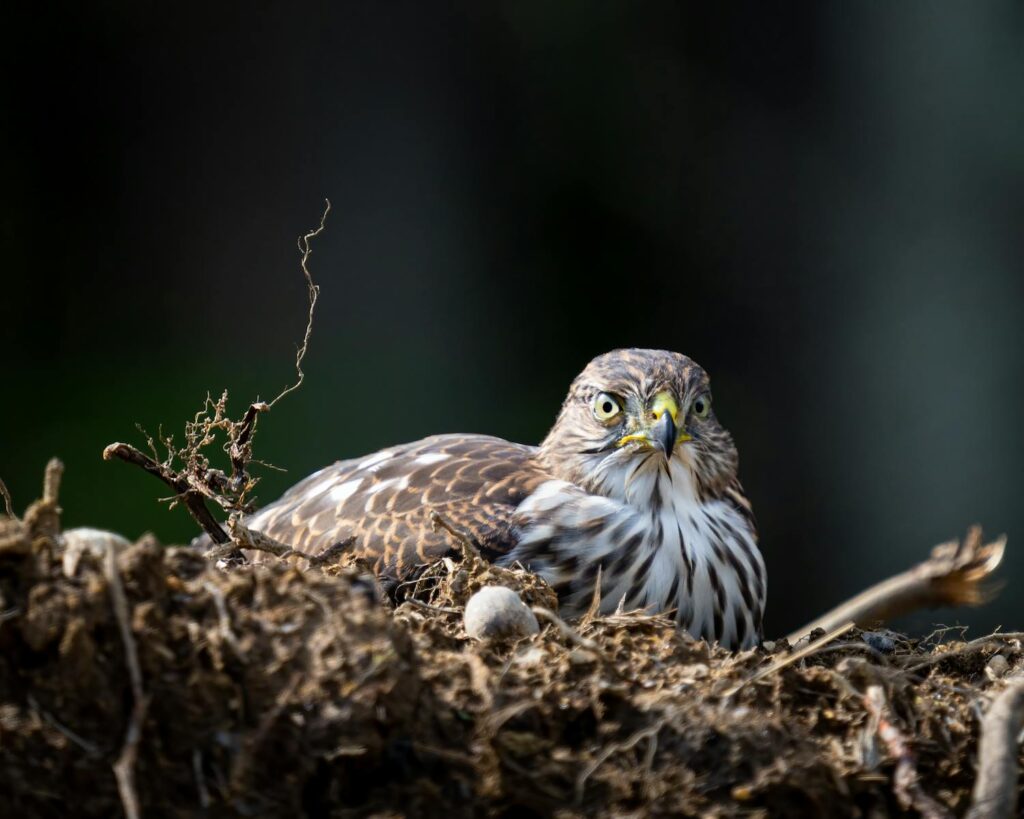
The incubation period represents one of the most vulnerable yet crucial phases in hawk reproduction, typically lasting 28-35 days depending on the species. During this time, the eggs must be maintained at a precise temperature of approximately 99°F (37°C), requiring near-constant attendance by the parent birds. While incubation duties are shared between mates in most hawk species, females typically handle the majority of egg-warming responsibilities, with males providing food and occasional relief. The dedicated parents rotate the eggs periodically using their beaks and feet, ensuring even development of the embryos inside. This delicate period demands extraordinary commitment from the parent hawks, who must balance their own survival needs with the constant protection of their developing offspring from predators and weather extremes.
The Miracle of Hatching
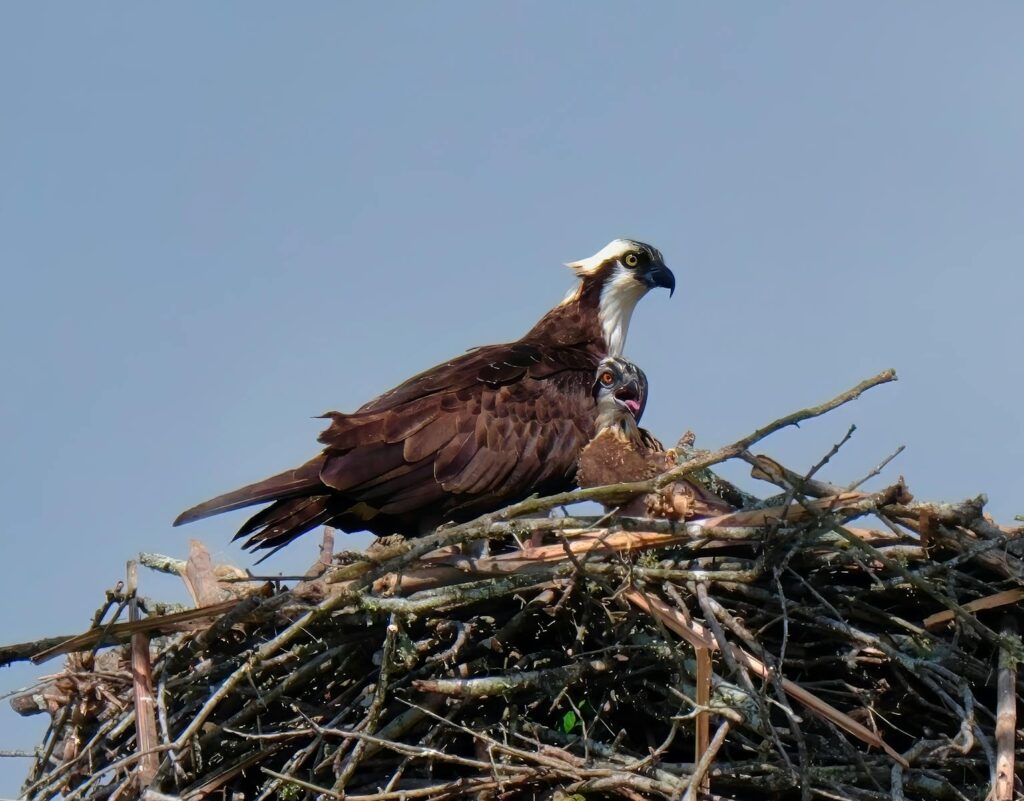
After weeks of patient incubation, the emergence of young hawks begins with a nearly imperceptible process called “pipping,” when the developing chick creates the first tiny hole in the eggshell using a specialized temporary structure called an egg tooth. This initial breakthrough marks the beginning of a strenuous hatching process that can take 24-48 hours as the exhausted chick gradually breaks away its confining shell. Newly hatched hawks are altricial – born virtually helpless, with closed eyes, minimal downy covering, and complete dependence on their parents for warmth and nourishment. Despite their vulnerable appearance, these hatchlings possess remarkably strong necks that allow them to lift their heads to receive food from their parents within hours of emerging from the shell. The asynchronous hatching pattern creates a size hierarchy among nestlings, with the oldest and largest often receiving preferential feeding during times of food scarcity.
Feeding Strategies for Hungry Nestlings
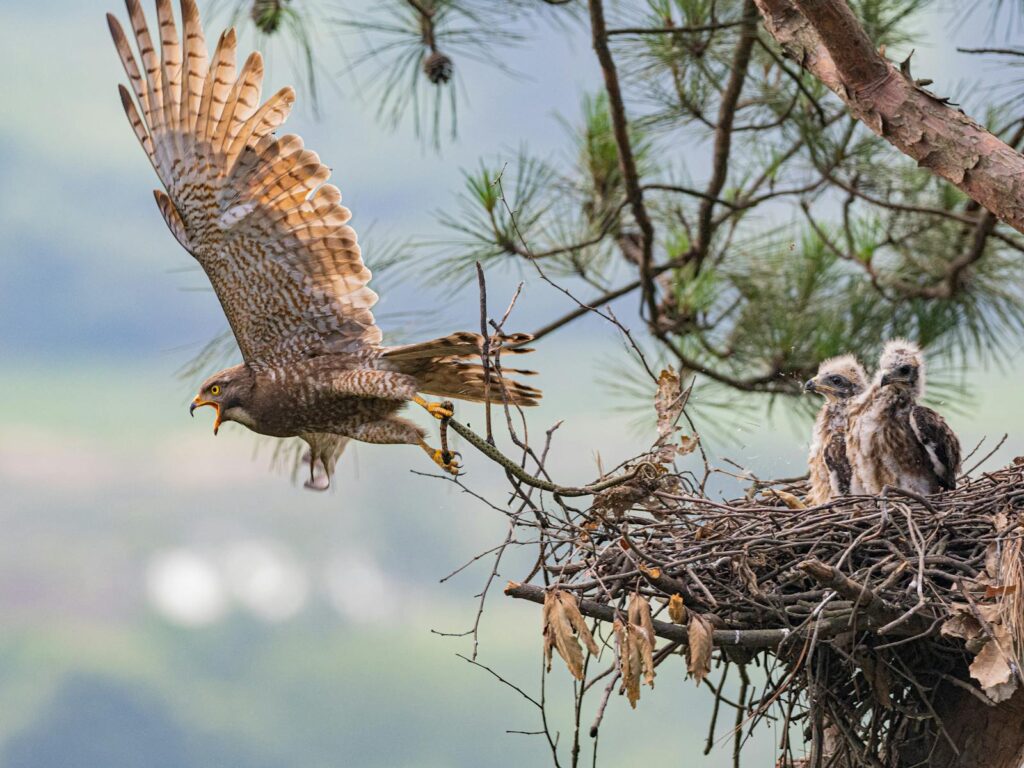
Feeding young hawks demands extraordinary hunting prowess from parent birds, who must capture enough prey to satisfy the voracious appetites of rapidly growing nestlings. In most hawk species, males take primary responsibility for hunting during the early nestling period while females focus on directly feeding and protecting the young. Parent hawks carefully prepare food for their offspring, tearing prey into appropriately sized pieces that nestlings can swallow whole – a critical service since young hawks initially lack the strength and coordination to tear food themselves. As nestlings grow, parents strategically adjust feeding techniques, eventually placing whole prey items in the nest to encourage young hawks to develop their own tearing abilities. The dietary needs of developing hawks are staggering – a single Red-tailed Hawk nestling may consume the equivalent of three to four mice daily, meaning parents must capture 300-400 prey animals to raise a typical brood to fledging age.
Growth and Development of Nestlings
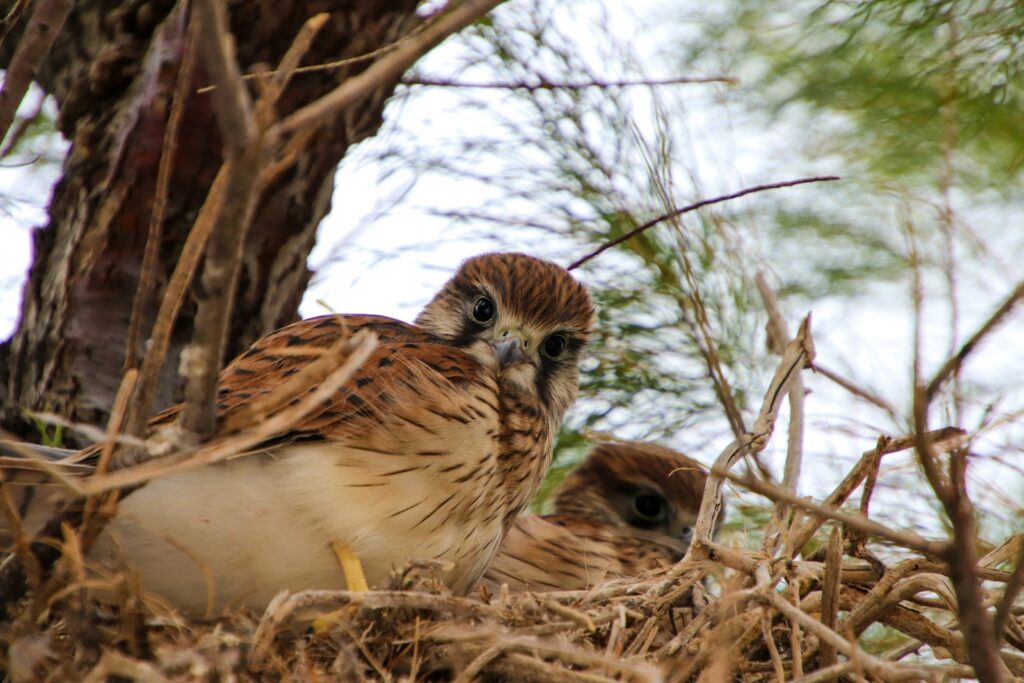
The transformation of hawk nestlings from helpless hatchlings to capable fledglings occurs with remarkable speed, representing one of nature’s most dramatic growth curves. During the first week, nestlings are primarily focused on thermoregulation and feeding, with most of their energy directed toward rapid weight gain and the development of basic motor skills. By the second week, their eyes begin to open, exposing them to the visual world that will eventually become their hunting domain, while pin feathers start emerging through their downy covering. The third and fourth weeks bring explosive growth in both size and coordination, with nestlings beginning to stand, stretch their wings, and practice manipulating food items. Throughout this period, the young hawks undergo a complete physical metamorphosis – from pink, downy chicks to fully-feathered juveniles whose appearance increasingly resembles their parents, though distinctive juvenile plumage patterns help experienced observers differentiate them from adults.
Sibling Dynamics in the Nest
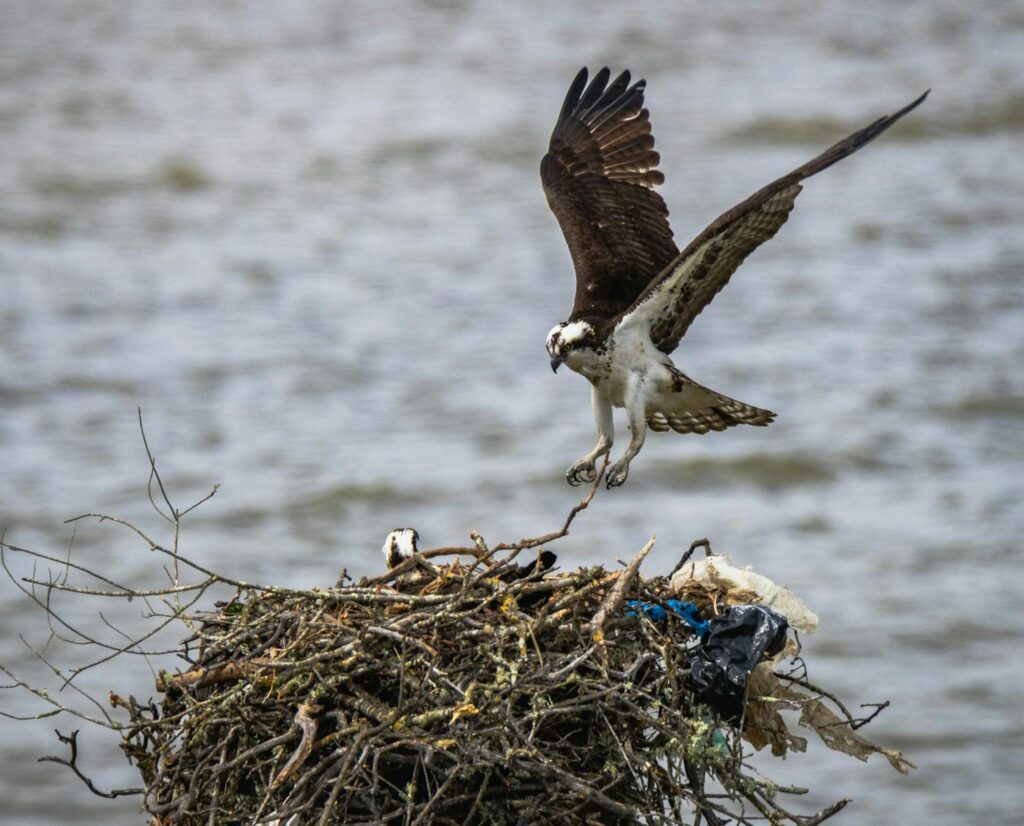
Life in a hawk nest reveals complex social dynamics among siblings that shape their development and survival prospects. The age and size differences resulting from asynchronous hatching create a natural hierarchy that becomes particularly evident during feeding times, when larger nestlings often outcompete their smaller siblings for food. In times of prey abundance, this competition remains relatively benign, but food scarcity can intensify rivalry to the point of siblicide in some hawk species, where stronger nestlings may directly attack weaker ones or monopolize food until smaller siblings succumb to starvation. Despite these competitive pressures, nestlings also demonstrate cooperative behaviors that aid collective survival, including huddling together for warmth and presenting a unified defense against potential threats. Remarkably, research indicates that these early social experiences help develop important skills for later life, including resource competition, spatial awareness, and the fine motor control needed for hunting.
Learning to Fly: The Fledging Process
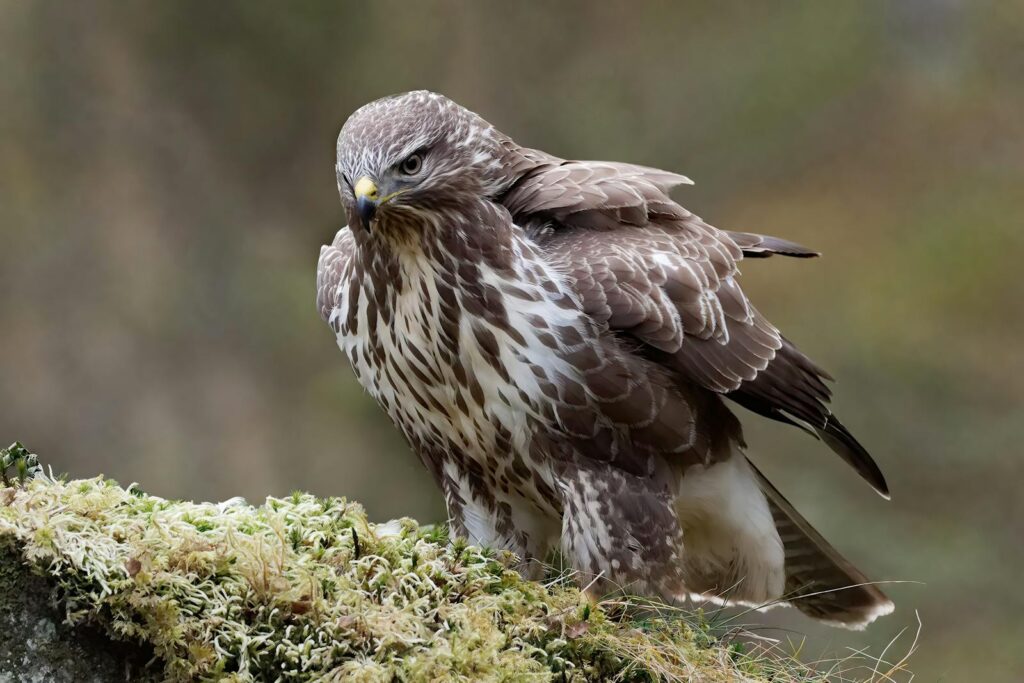
After approximately 6-7 weeks in the nest, young hawks reach the pivotal fledging stage – the transition from nest-bound dependency to aerial mobility. The days leading up to first flight are marked by intense physical preparation, as the young hawks engage in “branching” – moving from the nest onto nearby branches to strengthen their legs and practice wing coordination through vigorous flapping exercises. The actual first flight is rarely the graceful experience one might imagine; instead, it typically involves an awkward, heart-stopping plunge followed by frantic wing-beating that eventually stabilizes into a short glide to a nearby perch. Parent hawks closely monitor these early flights, sometimes calling encouragement or even delivering food to strategic locations that motivate fledglings to attempt increasingly ambitious aerial journeys. Even after achieving flight capability, young hawks remain dependent on their parents for food and protection during a critical transition period lasting several weeks, gradually venturing farther from the nest as their skills improve.
Hunting Lessons: Developing Predatory Skills
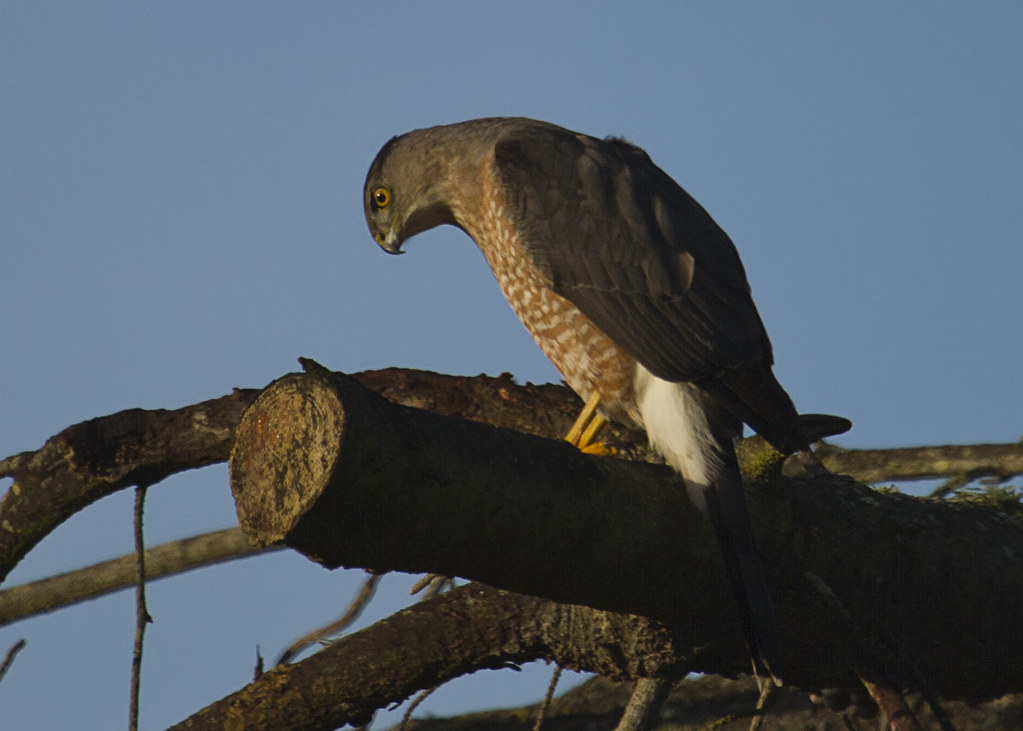
The transformation from awkward fledgling to skilled predator requires dedicated parental instruction in the complex art of hunting. Parent hawks employ a combination of demonstration and guided practice to develop their offspring’s predatory abilities, initially bringing live prey to fledglings and demonstrating killing techniques before allowing young hawks to practice these skills under supervision. As fledglings gain competence, parents implement a gradual withdrawal of support – first delivering prey that is already dead, then progressing to injured prey that poses minimal escape risk, and finally releasing live prey in the vicinity of the young hawks to test their developing hunting capabilities. Different hawk species employ specialized teaching techniques reflective of their hunting styles – falcons demonstrate high-speed aerial pursuits, while forest-dwelling accipiters focus on teaching the quick, maneuverable flights needed for ambush hunting. This apprenticeship period is characterized by numerous failed attempts, with young hawks typically requiring dozens of practice sessions before achieving their first independent kill.
Developing Territory Awareness
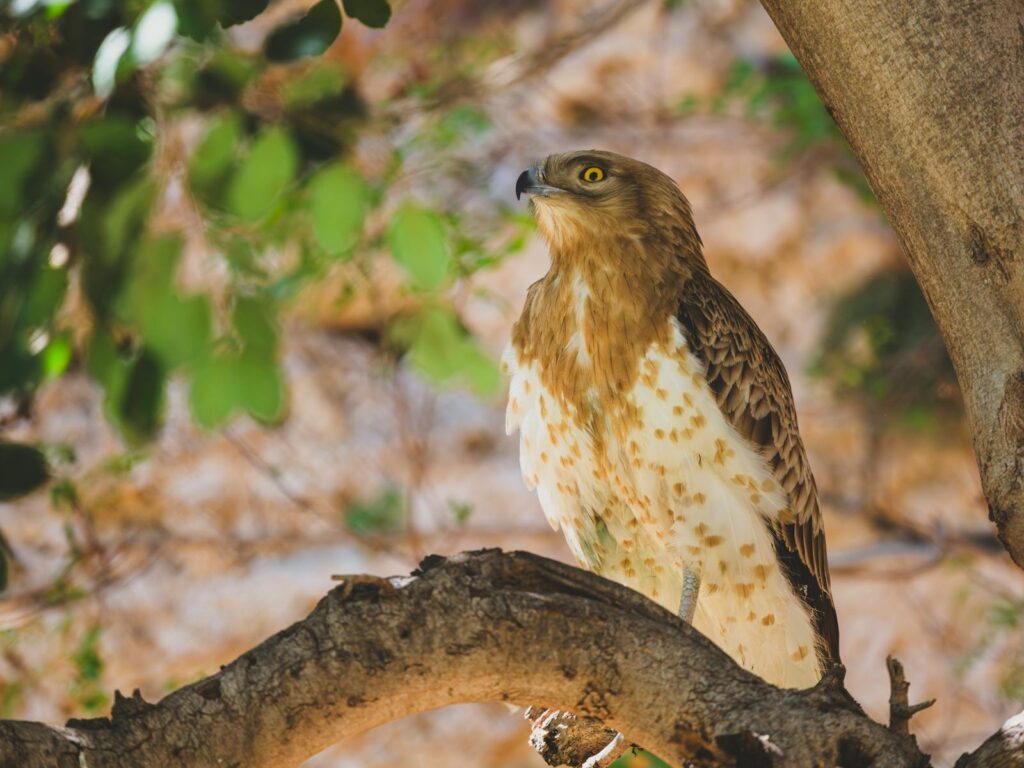
As young hawks mature, they must develop sophisticated spatial awareness of their environment to succeed as territorial predators. Parent hawks facilitate this process by gradually expanding the range of family hunting expeditions, introducing fledglings to critical features of their territory including reliable hunting grounds, water sources, and safe roosting locations. Young hawks learn to identify territorial boundaries through observation of their parents’ defensive behaviors toward neighboring hawks and other potential competitors. This education includes recognizing subtle environmental cues that indicate prey presence, such as disturbed vegetation, droppings, or the sounds of potential prey animals. Perhaps most importantly, juvenile hawks must develop a mental map of their territory that integrates topographical features with wind patterns and thermals – the rising columns of warm air that hawks use to gain altitude with minimal energy expenditure during hunting and patrol flights.
Gaining Independence: The Dispersal Phase
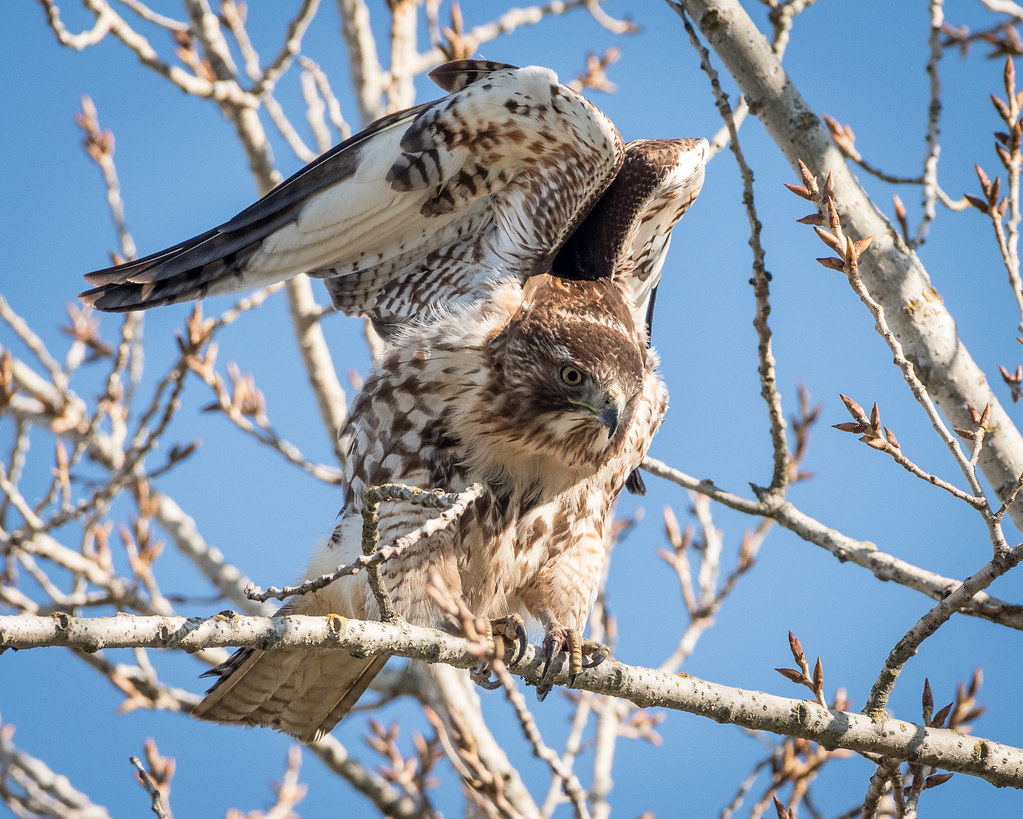
The final stage in a young hawk’s development involves the bittersweet process of independence and dispersal from the natal territory. This transition typically occurs 4-12 weeks after fledging, depending on the species and local resource availability. The separation process is rarely abrupt; instead, parent hawks gradually reduce food provisioning while increasing territorial behaviors toward their offspring, subtly communicating that it’s time for the young to establish their own territories. Juvenile hawks initially resist these changes, often making plaintive food-begging calls and following parents persistently, but eventually respond to the increasing parental rejection by exploring beyond familiar boundaries. This dispersal period is perhaps the most dangerous phase of a hawk’s life, with mortality rates sometimes exceeding 70% as inexperienced birds navigate unfamiliar territories, encounter established territorial adults, and refine their still-developing hunting skills. Those that survive this challenging period eventually establish their own territories, completing the transition from dependent offspring to independent apex predator.
First Year Survival Challenges
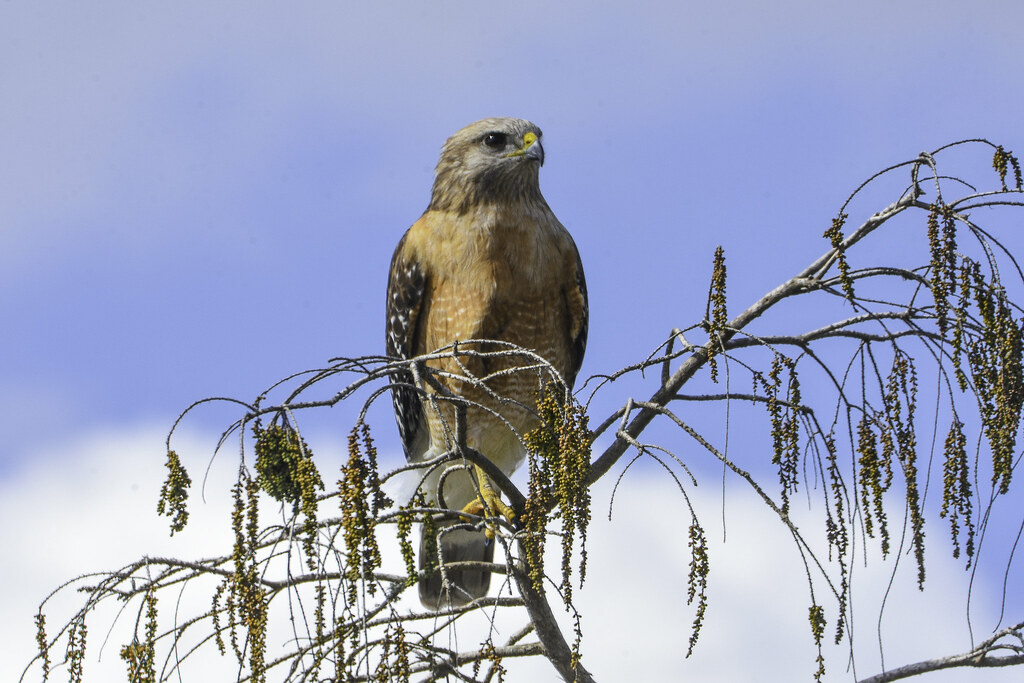
The first year of independence represents a gauntlet of challenges that tests every skill young hawks have acquired during their development. Inexperienced hunters must overcome a steep learning curve, with studies indicating that juvenile hawks may need to attempt 10-15 hunting strikes for every successful capture – a ratio that gradually improves with experience but creates significant energy deficits during the learning process. Weather presents another formidable challenge, with young hawks lacking the experience to effectively predict and prepare for severe conditions that can ground them for days without food. Territorial conflicts with established adult hawks frequently result in injuries or displacement to marginal habitats with lower prey density. Perhaps most telling is the stark survival statistics: while adult hawks typically enjoy annual survival rates of 80-90%, first-year hawks often experience mortality rates of 50-70%, with starvation being the leading cause of death as they struggle to perfect the complex skills required for consistent hunting success.
The Circle Completes: Becoming Parents
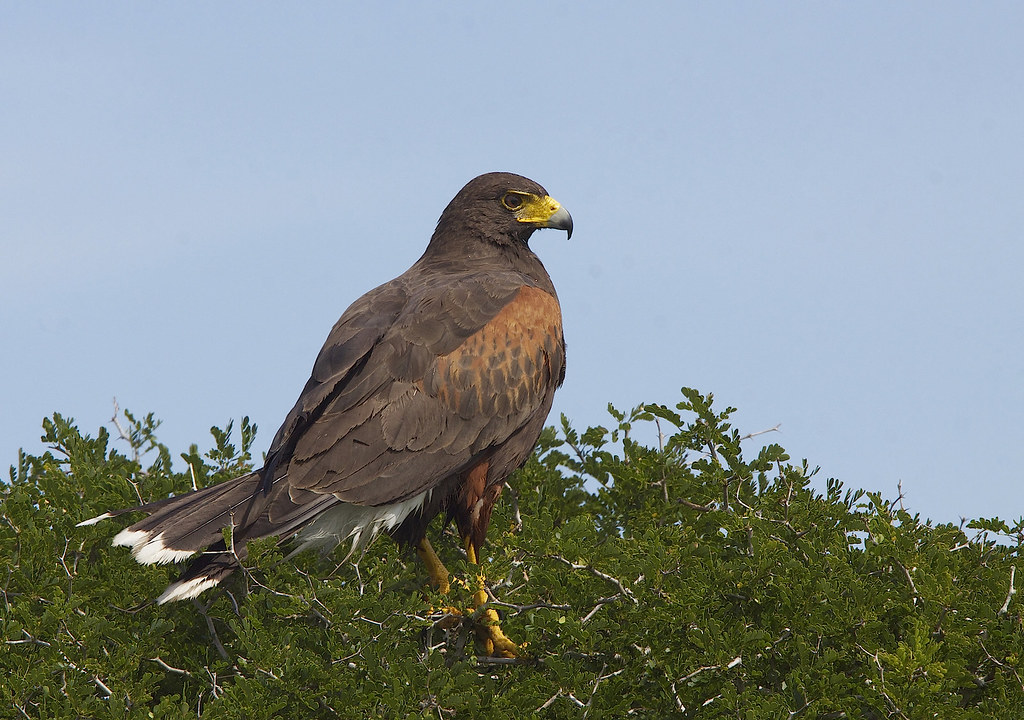
For the minority of young hawks that survive their challenging first year, sexual maturity typically arrives between their second and fifth year, depending on the species. This maturation is accompanied by physical changes including the development of adult plumage patterns that replace the distinctive juvenile feathering, and behavioral shifts that signal readiness for reproduction. Young hawks must secure suitable territories before they can attract mates, often leading to intense competition with established birds and other first-time breeders for prime habitat. The courtship process involves elaborate aerial displays that demonstrate flying prowess and health, including synchronized soaring, dramatic dives, and ritualized prey transfers between potential mates. Once paired, these former nestlings apply the lessons learned from their own upbringing as they begin the complex process of raising their own young, completing the remarkable cycle from egg to apex predator to parent. Through this continuous cycle of growth, learning, and reproduction, hawks maintain their crucial ecological role as aerial predators while passing down the genetic and behavioral adaptations that have ensured their evolutionary success for millions of years.
Conclusion
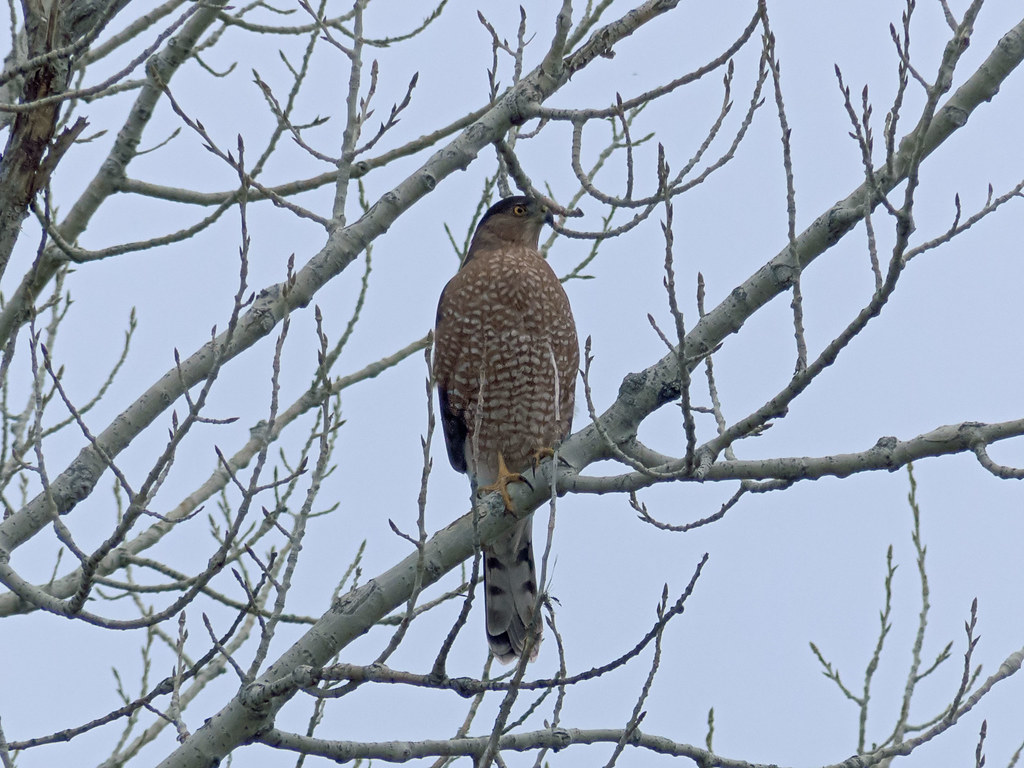
The transformation from delicate egg to formidable predator represents one of nature’s most remarkable developmental journeys. Through a carefully orchestrated progression of parental care, instinctive behaviors, and learned skills, hawk parents guide their offspring through critical developmental stages that prepare them for the challenges of independent life. This process—involving nest selection, incubation, feeding, flight training, and hunting instruction—reflects millions of years of evolutionary refinement. While the journey is fraught with dangers at every stage, with many young hawks not surviving their first year, those that do succeed become essential components of their ecosystems, controlling prey populations and eventually raising their own young. In studying how hawks raise their young, we gain not only an appreciation for these magnificent birds but also deeper insights into the intricate relationships between parental investment, environmental adaptation, and the perpetuation of life in the natural world.
